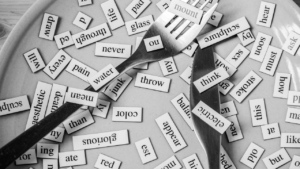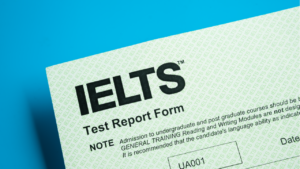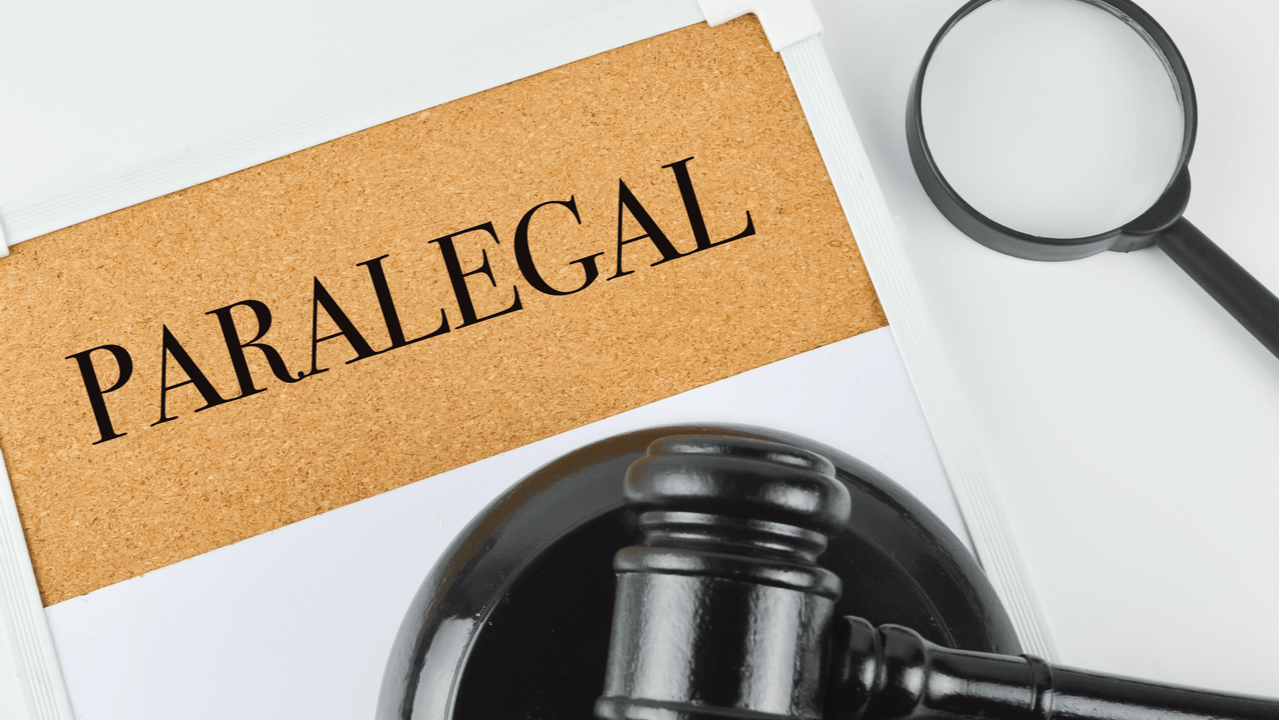The IELTS Test is trusted by 12,000 organisations globally. The test is divided into four parts-
The IELTS Reading test has 3 parts and 40 questions. The passages come from everyday materials like guidelines, brochures, newspapers, and company handbooks. This blog consists of Alexander Henderson’s reading answers and questions along with its passage.
Each passage has different kinds of questions:
1. Multiple Choice Questions
2. Matching Information
3. True or False Questions
4. Fill in the Blanks
5. Sentence Completion
This test suits people starting a job or wanting to move to a new country. It evaluates how quickly you can go through information, understand practical stuff, follow written directions, and pay attention to details in everyday situations.
IELTS Reading Overview
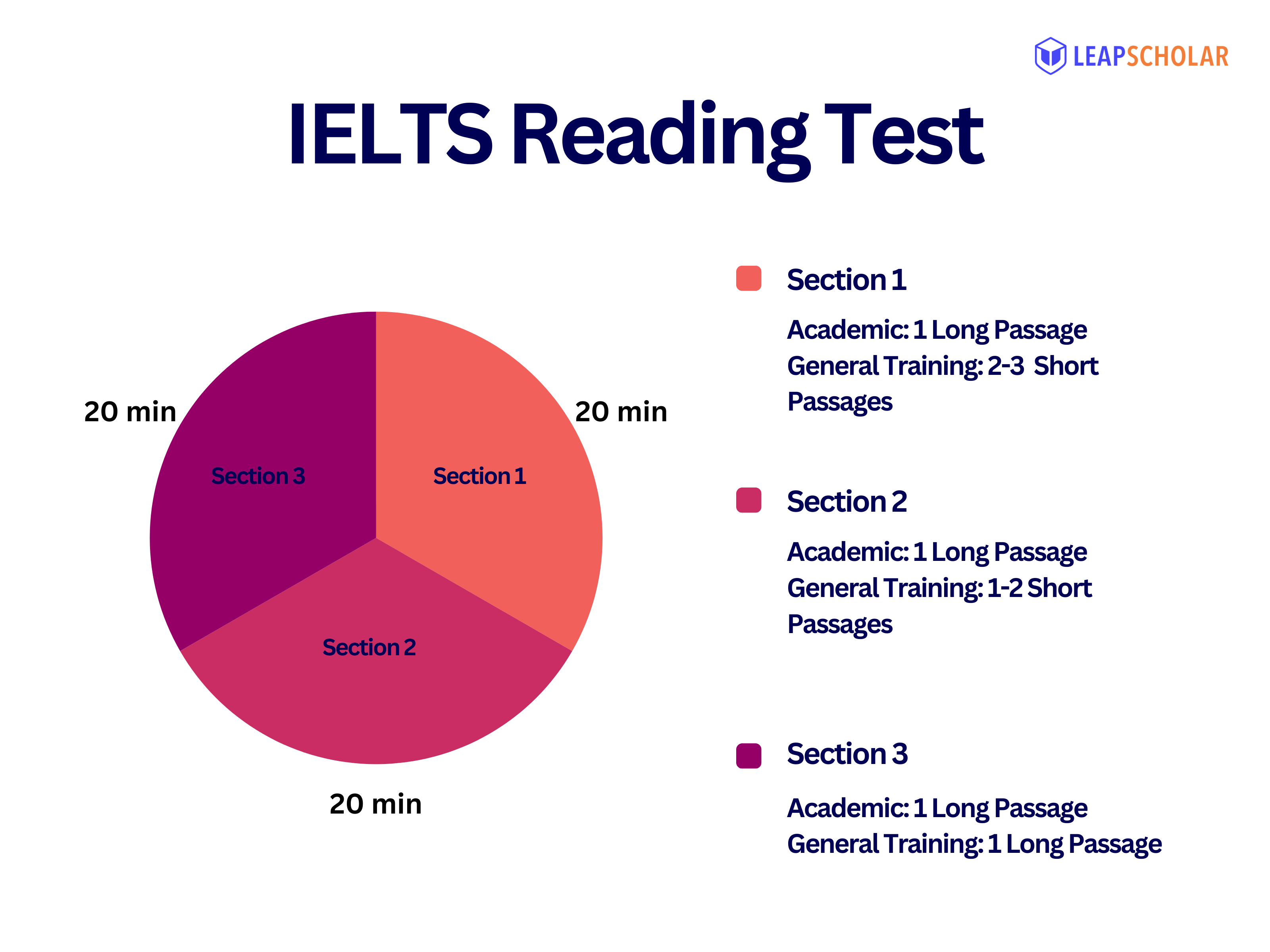
| Total Duration | 60 minutes |
| Number of sections | 3 |
| Number of questions | 40 |
| Marking | Each correct answer receives one mark |
| Band Score Range | 0-9 |
Furthermore, to improve your reading, language, and vocabulary skills for the IELTS test, try practising with Reading Passage 1. This blog contains the complete passage, different question types, and answers for Alexander Henderson’s reading passage.
This passage often appears in the IELTS reading test. Look at the blog for more IELTS reading question types like note completion, true/false/not given, and matching features. It will help you develop your reading skills as a student.
Leap Advantage Virtual Spot Offer Event on May 10th 2024
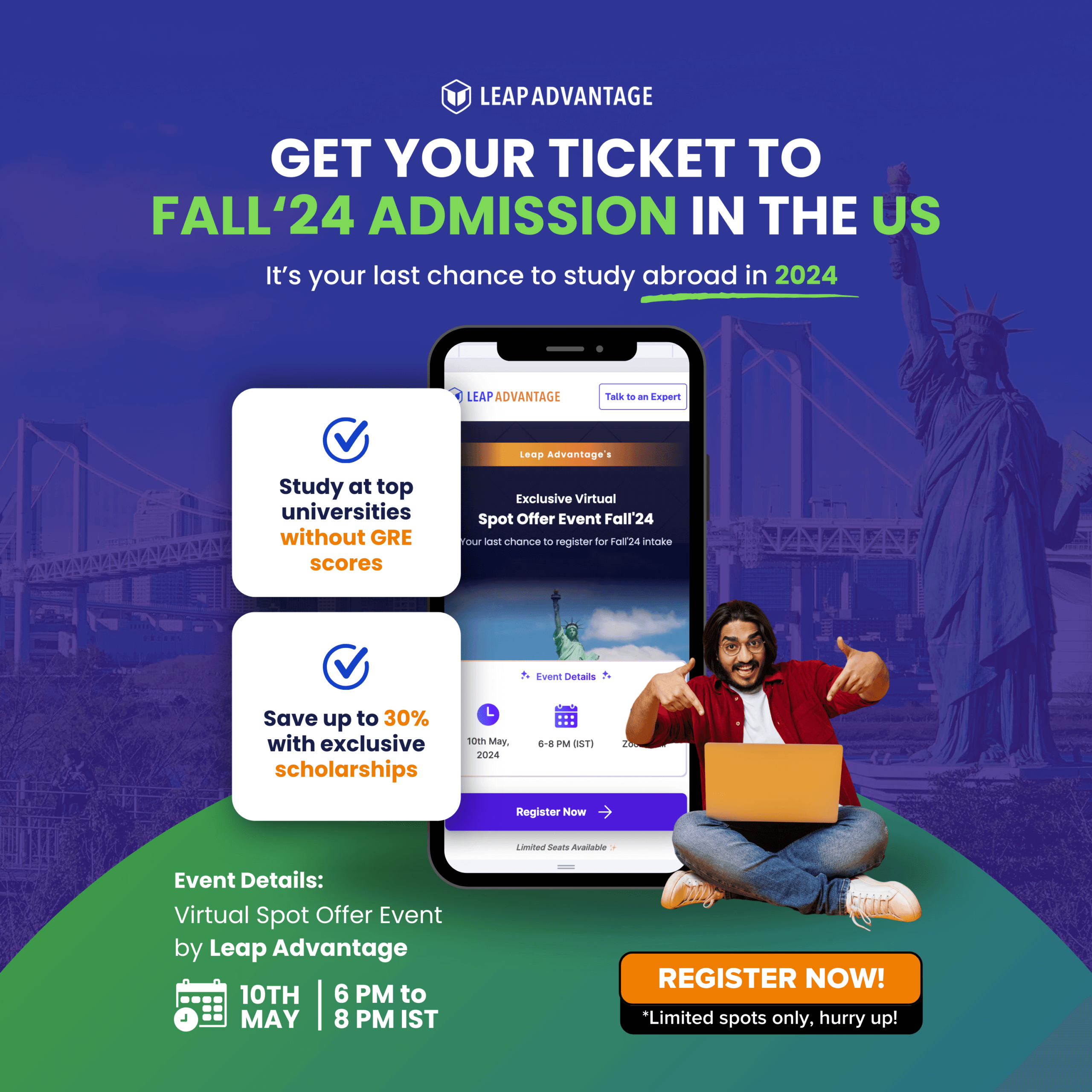
Last call to secure your spot for Masters in STEM Program in the US for Fall ’24 exclusively for graduates and above.
Leap Advantage Virtual Spot Offer Event on May 10th 2024
Last call to secure your spot for Masters in STEM Program in the US for Fall ’24 exclusively for graduates and above.
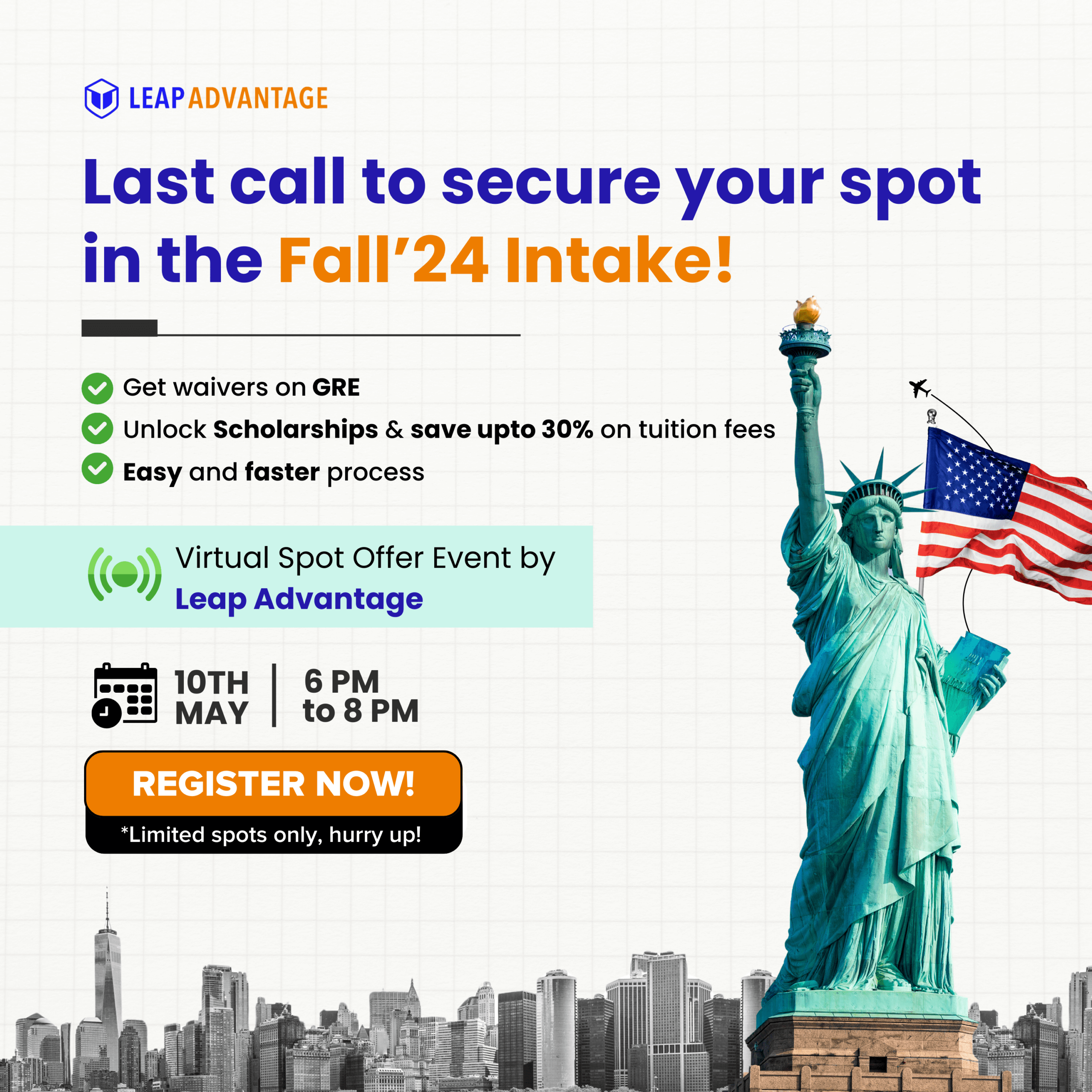
Importance of Alexander Henderson IELTS Reading Passage
The significance and reasons for including Alexander Henderson IELTS Reading Passage are explained in the points given below.
- The passage about Alexander Henderson is included in the IELTS reading test to evaluate how well you can focus, manage your time, read quickly, and understand the content.
- It helps you practise for the final IELTS reading test by presenting Alexander Henderson’s ventures, failures, and achievements in various question formats.
- The passage is from Cambridge 14, Reading Test 2, Reading Passage 1, and it’s chosen because it assesses your skills in different areas, like handling information and applying your knowledge.
- Practising with this passage will familiarise you with different question types and improve your ability to pick the correct answers.
In this blog, you can find Alexander Henderson’s Reading Answers, including the explanation to check if your solutions are correct.
It’s a valuable exercise to understand your strengths and areas for improvement, as the answers with explanations give you a clear picture of your performance.
Before dwelling on the Alexander Henderson reading answers and questions, let’s explore its passage.
Alexander Henderson IELTS Reading Passage
To find the answers to all of the questions, read the paragraphs. Additionally, you can verify your answers along with the explanations given below.
Alexander Henderson (1831 – 1913)
Paragraph 1: Born in Scotland, Henderson emigrated to Canada in 1855 and became a popular landscape photographer. Alexander Henderson was born in Scotland in 1831 and is the son of a successful businessman. His grandfather, also known as Alexander, founded the family business and later became the first chairman of the National Bank of Scotland. The family-owned vast land in Scotland. In addition to its residence in Edinburgh, the Press Estate owned 650 acres of agricultural land about 35 miles southeast of the city. The family usually stayed at Press Castle, the large mansion on the northern edge of the property, and Alexander spent most of his childhood in the area, playing on the beach near Eyemouth or fishing in nearby streams.
Paragraph 2: After attending school at Murcheston Academy in the suburbs of Edinburgh, Henderson returned to print on weekends. In 1849, he started three years of training to become an accountant. Although he never wanted the opportunity of a business career, he was with it to make his family happy. However, in October 1855, he and his wife, Agnes Elder Robertson, emigrated to Canada, where they settled in Montreal.
Paragraph 3: Henderson studied photography in Montreal in 1857 and quickly took it up as an avid amateur. He turned into a personal friend and colleague of the Scottish-Canadian photographer William Notman. The two men made a photographic excursion to Niagara Falls in 1860 and, in 1865, collaborated on experiments with magnesium flares as a source of artificial light. They belonged to the same associations and were one of the founding partners of the Montreal Arts Association. Henderson presided over the first meeting of the Society on January 11, 1860, at Notman Studios.
Paragraph 4: Despite their friendship, their photography style is completely different. Although Notman’s landscapes are noted for their bold realism, Henderson created romantic images during the first 20 years of his career, which show a strong influence on the British landscape heritage. His artistic and technological advancement was quick and in 1865 he published his first large collection of landscape photographs. The publication was in low circulation and was called Canadian Views and Studies. The contents of each copy vary considerably and have proven to be an effective source for estimating Henderson’s early work.
Paragraph 5: In 1866, he abandoned his business to open a photo studio, promoting himself as a portrait and landscape photographer. From about 1870 he abandoned portraits to specialize in landscape photography and other scenes. His countless photographs of city life exposed in street scenes, houses, and markets are alive with human activities, and although his favored subject is landscape, he often draws his scenes around human motives such as farming the land and cutting ice on the river or travel on a forest stream. There was a lot of demand for these types of scenes and other scenes depicting the timber trade, steamboats, and waterfalls. Before the late 1880s, there was little competitive entertainment or amateur photography because of the weight of time-consuming methods and equipment involved. People liked to purchase photos as souvenirs or gifts for a trip, and in order to feed this market, Henderson kept stock photos in his studio for mounting, framing, or adding to albums.
Paragraph 6: Henderson exhibited his photographs frequently in Montreal and abroad, in London, Edinburgh, Dublin, Paris, New York, and Philadelphia. He was most successful in New York in 1877 and 1878 when he won first prizes at an exhibition hosted by E and H T Anthony & Company for landscapes using the Lambertype process. His work won second prize at the 1878 World’s Fair in Paris.
Paragraph 7: During the 1890s and 1880s, Henderson journeyed extensively throughout Quebec and Ontario, Canada, documenting the main cities of the two regions and several villages in Quebec. He was particularly fond of nature and often traveled by canoe on the Blanche, du Livre, and other mentioned eastern rivers. He traveled several times to the Maritimes, sailing in 1872 on the north bank of the St. Lawrence River. That same year, while in the lower reaches of the St. Lawrence River, he took some photographs of the construction of the Colonial Railway. This initiative led the Railway Authority to register major structures on the nearly completed track connecting Montreal with Halifax in 1875. Commissions were followed by other railways. In 1876, he photographed bridges in Quebec, Montreal, and Ottawa, and the Occidental Railway between Montreal and Ottawa. In 1885 he sailed west along Rogers Pass in British Columbia via the Canadian Pacific Railway (CPR), where he captured photographs of the mountains and the advancement of construction.
Paragraph 8: In 1892, Henderson took a full-time position with CPR as manager of a photography department, which he was to set up and manage. His responsibilities include spending four months in the field each year. That summer, he made his second voyage west, taking a detailed photo of the railroad up to Victoria. He continued in this position until 1897, when he fully retired from photography. He restarted in this position until 1897, when he fully retired from photography.
Paragraph 9: When Henderson died in 1913, his large glass negative collection was kept in the basement of his home. Today, collections of his works are housed in the National Archives of Canada and the McCart Museum of Canadian History in Ottawa and Montreal.
Let’s explore the Alexander Henderson reading answers and questions.
Crack IELTS Exam in first attempt

Attend Leap’s free masterclass to get tips, tricks and advance strategies to crack IELTS exam in first attempt
Crack IELTS Exam in first attempt
Attend Leap’s free masterclass to get tips, tricks and advance strategies to crack IELTS exam in first attempt

Alexander Henderson IELTS Reading Questions
The Q&A for Alexander Henderson’s IELTS reading passage are given below.
Questions (1 – 5)
Complete the notes below.
Write the correct solution on your answer sheet
Write NO MORE THAN TWO WORDS from the passage for each answer.
- Alexander Henderson was born in Scotland in 1 ___________
- Alexander, Henderson’s grandfather, became the first 2 _____________ of the National Bank of Scotland
- Press Estate owned 3 ___________ acres of agricultural land about 4 ___________ miles southeast of the city.
- In 1849, Henderson started three years of training to become an 5 ___________
Alexander Henderson Reading Answers for Questions (1-5)
Question Type: Sentence Completion
- 1831
Reference
Paragraph 1: Alexander Henderson was born in Scotland in 1831 and is the son of a successful businessman.
Explanation:
The paragraph 1 mentions that Alexander Henderson was born in Scotland in 1831 and also specifies that he was the son of a successful businessman.
- Chairman
Reference
Paragraph 1: His grandfather, also known as Alexander, founded the family business and later became the first chairman of the National Bank of Scotland.
Explanation:
The paragraph states that his grandfather, Alexander, founded the family business. It is also mentioned that he became the first chairman of the National Bank of Scotland.
- 650
Reference
Paragraph 1: The family owned vast land in Scotland. In addition to its residence in Edinburgh, the Press Estate owned 650 acres of agricultural land about 35 miles southeast of the city.
Explanation
The paragraph mentions that the family owned vast land in Scotland. It also states that in addition to its residence in Edinburgh, 650 acres of agricultural land about 35 miles southeast of the city were owned by the Press Estate.
- 35
Reference
Paragraph 1: The family owned vast land in Scotland. In addition to its residence in Edinburgh, the Press Estate owned 650 acres of agricultural land about 35 miles southeast of the city.
Explanation
The paragraph mentions that the family owned vast land in Scotland. It also states that in addition to its residence in Edinburgh, 650 acres of agricultural land about 35 miles southeast of the city were owned by the Press Estate.
- Accountant
Reference
Paragraph 2: After attending school at Murcheston Academy in the suburbs of Edinburgh, Henderson returned to print on weekends. In 1849, he started three years of training to become an accountant.
Explanation
The paragraph indicates that after attending school at Murcheston Academy in the suburbs of Edinburgh, Henderson returned to print on weekends. It also specifies that he started three years of training to become an accountant in 1849.
Questions (6 – 9)
Do the following statements agree with the information given in the reading passage?
Write any one of the following options on your answer sheet
TRUE if the statement agrees with the information
FALSE if the statement contradicts the information
NOT GIVEN if there is no information on this in the passage
6. Henderson and his wife, Agnes Elder Robertson, emigrated to Canada, where they settled in Montreal, In October 1865.
7. The three men made a photographic excursion to Niagara Falls in 1860, and in 1855 collaborated on experiments with magnesium flares as a source of artificial light.
8. Henderson presided over the first meeting of the Society on January 11, 1860, at Notman Studios.
9. Henderson and Notman were stunned by the outcomes of their 1865 experimentation.
Alexander Henderson Reading Answers for Questions (6-9)
Question Type: True or False
- False
Reference
Paragraph 3: The two men made a photographic excursion to Niagara Falls in 1860, and in 1865 collaborated on experiments with magnesium flares as a source of artificial light. They belonged to the same associations and were one of the founding partners of the Montreal Arts Association.
Explanation
The paragraph states that the two men made a photographic excursion to Niagara Falls in 1860. It also mentions that they collaborated on experiments with magnesium flares as a source of artificial light in 1865. It is also indicated that they belonged to the same associations and were one of the founding partners of the Montreal Arts Association. Therefore, it proves that the information is not provided in paragraph 3, and the given statement is False.
- False
Reference
Paragraph 3: The two men made a photographic excursion to Niagara Falls in 1860, and in 1865 collaborated on experiments with magnesium flares as a source of artificial light.
Explanation
The paragraph states that the two men made a photographic excursion to Niagara Falls in 1860. It also mentions that they collaborated on experiments with magnesium flares as a source of artificial light in 1865. Therefore, the given statement is False.
- True
Reference
Paragraph 3: Henderson presided over the first meeting of the Society on January 11, 1860, at Notman Studios.
Explanation
The given lines mention that Henderson presided over the first meeting of the Society on January 11, 1860, at Notman Studios. Therefore, the statement issued is True.
- Not given
Reference
Paragraph 3: The two men made a photographic excursion to Niagara Falls in 1860, and in 1865 collaborated on experiments with magnesium flares as a source of artificial light. They belonged to the same associations and were one of the founding partners of the Montreal Arts Association.
Explanation
The paragraph states that the two men made a photographic excursion to Niagara Falls in 1860. It also mentions that they collaborated on experiments with magnesium flares as a source of artificial light in 1865. It is also indicated that they belonged to the same associations and were one of the founding partners of the Montreal Arts Association. Therefore, the given statement is not given.
Questions (10 – 13)
Look at the following year and the list of events below.
Match each event with the correct year and write properly on your answer sheet.
NB – You may use any answer more than once.
A. 1870
B. 1865
C. 1885
D. 1866
10. He published his first large collection of landscape photographs.
11. Henderson abandoned his business to open a photo studio, promoting himself as a portrait and landscape photographer.
12. He abandoned portraits to specialize in landscape photography and other scenes.
13. He sailed west along Rogers Pass in British Columbia via the Canadian Pacific Railway (CPR).
Alexander Henderson Reading Answers for Questions (10-13)
Question Type: Matching Features
- B-1865
Reference
Paragraph 4: His artistic and technological advancement was quick, and in 1865, he published his first large collection of landscape photographs.
Explanation
The paragraph mentions that his artistic and technological advancement was quick, and in 1865, he published his first extensive collection of landscape photographs.
- D-1866
Reference
Paragraph 5: In 1866, he abandoned his business to open a photo studio, promoting himself as a portrait and landscape photographer.
Explanation
The paragraph mentions that in 1866, he abandoned his business to open a photo studio, promoting himself as a portrait and landscape photographer.
- A-1870
Reference
Paragraph 5: From about 1870 he abandoned portraits to specialise in landscape photography and other scenes.
Explanation
The paragraph states that in 1870, he abandoned portraits to specialise in landscape photography and other scenes.
- C-1885
Reference
Paragraph 7: In 1885 he sailed west along Rogers Pass in British Columbia via the Canadian Pacific Railway (CPR), where he captured photographs of the mountains and the advancement of construction.
Explanation
The paragraph states that he sailed west along Rogers Pass in British Columbia via the Canadian Pacific Railway (CPR) in 1885. It also mentions that he captured photographs of the mountains and the advancement of construction.
Also, Practise:
- Adam’s Wine Reading Answers
- Making Time for Science Reading Answers
- Coastal Archaeology of Britain Reading Answers
Tips for the IELTS Reading Test
Below are some tips to help you improve your band score in the IELTS reading test.
- Mark essential words as you read the section. It helps you keep your attention on the critical points.
- Look over the questions quickly before you read them. Find keywords in the questions to help you learn.
- Keep track of time. Make good use of your time for each part, and don’t spend too much on any one question.
- Skim the sentence before entering the details. Know what the primary thought is and how the information is put together.
- Begin with the easiest questions for you. It makes sure you get those questions before moving on to harder ones.
- Move on to the next question if a question looks complicated. When you have time, come back to it. Being anxious can make you do worse.
- Regular practice will help you improve your reading. Read various texts to get used to different types of writing and subjects.
- Pay attention to the words in the reading. There are times when the information can be given in different words.
- Check your spelling and grammar. Pay attention to how you write. Sometimes, a slight change in a word’s form or mood can affect the answer.
- Carefully read the instructions and ensure you understand them for each type of question. There may be multiple ways to answer a question, so read carefully to avoid making mistakes.
Brief Recap
In a nutshell, this test assesses how well you can understand what is written, an essential skill for communicating clearly in English. The IELTS Reading Test results can significantly affect your overall band score, such as your ability to study abroad or follow specific job paths.
Leap Scholar Counsellors say that the best way to do well on the IELTS Reading Test is to practise regularly and plan. Reading books will help you understand the test better. During practice sessions, learn how to handle your time well to answer all the questions in the allotted time.
Ensure you know how to answer the different kinds of questions on the IELTS Reading Test, such as multiple-choice, true/false/not given, and matching heads. If you understand these forms, you can answer any question confidently.
You can get help from experienced teachers or online tools to improve your reading skills and learn essential test-taking strategies. To get the best possible grade, keep practising, stay focused, and have a good attitude about the test.
Contact Leap Scholar Counsellors and start your IELTS Preparation today.
Frequently Asked Questions
-
Q. What is the IELTS Reading test?
A. The IELTS Reading test aims to see how well you can understand written texts, including the main ideas and facts that support them. It assesses how well you know what you’re reading and how well you can find helpful information in different kinds of text, like ads, letters, and stories. Before reading each passage, mark essential words with a pencil or rubber.
-
Q. How many parts does the IELTS Reading test have?
A. There are three parts to the IELTS Reading test, each with a different written text. From sections one to three, these sentences get more complicated and complex as you read them. Quickly read through the questions to know what to expect. You can read more quickly and easily with this.
-
Q. Does the IELTS Reading test have different kinds of questions?
A. The IELTS Reading test does have different types of questions, such as True/False/Not Given, matching headings, finishing sentences, and more. Knowing how to answer every question before the test is essential because they all need different approaches. Skim the text to get the main idea. At this point, don’t worry about the little things.
-
Q. What is the duration of time to finish the IELTS Reading test?
A. There are 60 minutes altogether to finish the IELTS Reading test. Each part usually has 13 to 15 questions, so give it about 20 minutes. In the passage, pay close attention to the headings and subheadings. They can provide hints to help you determine the structure and material.
-
Q. Can I write right on the question paper during the IELTS Reading test?
A. It is okay; you can write right on the test questions. You can make notes, highlight important information, or circle it to help answer the questions correctly. If you see a word you don’t understand, figure out what it means by looking at the sentence. To help you understand the main point, this is given.
-
Q. Is there a penalty for giving wrong answers on the IELTS Reading test?
A. No, there is no punishment for getting answers wrong on the IELTS Reading test. There is a chance of getting it right, so guessing an answer is better than leaving it blank. Getting it right will earn you extra points. One important tip is to focus on one question at a time. Remove yourself from the situation and return later.
-
Q. Can I take the IELTS Reading test with a pencil instead of a pen?
A. You can take the IELTS Reading test with a pencil or a pen. For jobs like filling in blanks or matching facts, however, it is best to use a pencil because it makes it easy to make changes if necessary. Also, the answers are written in different words from the text. Look for words that mean the same thing or lines that are rephrased.
-
Q. Do all of the readings on the IELTS Reading test have anything to do with the college curriculum?
A. No, the IELTS Reading test doesn’t just test general knowledge. It also tests your ability to read scientific texts, book or magazine passages, and stories of public interest. You must read many different topics and write in many styles for good grades. You can get faster and more accurate by practising these skills.
-
Q. Can I look back at the texts during the IELTS Reading test?
A. On the IELTS Reading test, you can look back at the readings while you answer the questions. You will be given the questions and answers to find the information you need for each quickly. If you aren’t sure about an answer, cross out the ones you know are wrong. It makes picking the right one more likely.
-
Q. Do I have to read the whole passage for the IELTS Reading test?
A. Reading the whole chapter may take time, especially if you are pressed for time. Focusing on the specific information you need to answer the questions quickly and adequately skim through the passage is usually easier. It’s good to read, but don’t miss the details. You should read some questions more carefully to find the correct answer.
-
Q. Can I take notes on the IELTS Reading test while I read?
A. You can take notes on the IELTS Reading test while reading the section. These notes help you remember important details, the main points of an argument, or anything else that enables you to give an excellent answer to the question. Also, watch out for word limits when you write your answers. Write one word if the question asks for it.
-
Q. Can I use my own words when answering questions on the IELTS Reading test?
A. You can use your own words when you answer questions on the IELTS Reading test. But it’s essential to ensure that your answer matches the information in the text exactly. You can show that you understand the piece by paraphrasing and summarising it. The more you practise, the better you’ll get at the test style. Use practice tests to get used to different kinds of questions.

